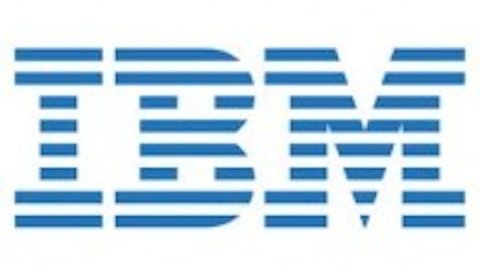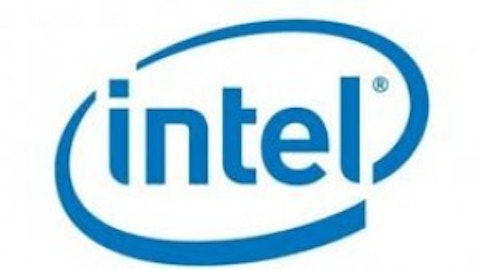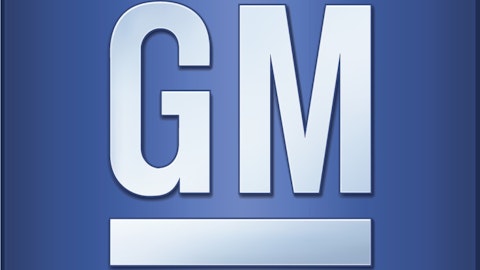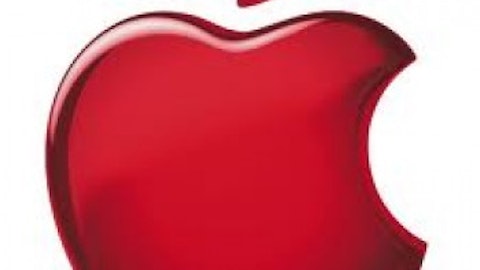On this day in economic and financial history…
President Bill Clinton’s economic team made its bid to be among the most historically incorrect economic forecasters in history on Feb. 11, 2000. That day, the administration released its last annual economic survey, which predicted, among other things, 2.9% GDP growth in 2000 and 2.6% in 2001, with an average of 2.1% through the end of 2003. Martin N. Baily, the chairman of Clinton’s Council of Economic Advisers, stepped forward as a modern-day Irving Fisher (of 1929’s “permanently high plateau” fame) with the pronouncement that “as long as we stick to the fiscal policy we have there is no reason this [economic expansion] shouldn’t continue indefinitely.”

As if to ensure that Baily’s optimism would be as short-lived as possible, Pets.com went public that very same day. Fresh off blowing millions of dollars on ultimately pointless Super Bowl ads, Pets.com debuted on the Nasdaq on Feb. 11, 2000 with a thud, gaining less than $0.07 in trading on its IPO price of $11 per share. The laughable analysis of IPO Monitor analyst Gail Bronson pointed out that “maybe they didn’t do enough to market themselves,” which probably meant that Ms. Bronson was not much interested in watching the Super Bowl. Of course, losing $60 million on $5.2 million in sales can be a red flag, too. Pets.com quickly became one of the dot-com era’s biggest laughingstocks, filing for bankruptcy within a year of its IPO.
A legendary beginning
Happy birthday, Japan! According to legend (and the early post-feudal Meiji government), Emperor Jimmu founded Japan on Feb. 11, 660 B.C. The first Emperor of Japan, Jimmu’s name is derived from Chinese forms and Buddhist traditions, which makes him almost certainly a mythological creation, or at least a heavily embellished historical figure; he is said to be a direct descendant of the sun goddess Amaterasu, after all.
Although Japan has a long and storied history, only in the last half-century has the nation really become a dominant global economic power. Japan’s GDP grew from just $44.3 billion in 1960 to $5.5 trillion in 2010, which translates to an incredible 10.1% annualized rate of growth. Even if we adjust 1960’s GDP for inflation, Japan has still enjoyed real annualized GDP growth of 5.8% for that half-century. If Emperor Jimmu had been more of a capitalist, we might all be speaking Japanese today.
Welcome to the Garden
The currently operating Madison Square Garden opened on Feb. 11, 1968. Featuring a joke boxing match between comedian Bob Hope (fighting as “Chicken Delight”) and retired pugilist Rocky Marciano, the arena’s unveiling was attended by 19,870 service members brought together by Hope’s longtime nonprofit of choice, the USO.
The fourth stadium so named in New York City, MSG has since become one of the most expensive stadiums ever built, with a total inflation-adjusted cost of construction (including two renovations) of nearly $2.2 billion. Even in the midst of its latest renovation, MSG still managed to be both the second-highest-grossing entertainment venue in North America in 2011 and the top venue of its class for the first decade of the new millennium in terms of gross ticket sales. Since MSG has fewer than 21,000 seats maximally available, its impeccable performance highlights the importance of location (it’s built right on top of a subway station) and reputation. Hosting an event virtually every single day of the year doesn’t hurt, either.
A little laziness can be a good thing
The La-Z-Boy Incorporated (NYSE:LZB) reclining chair was purportedly invented on Feb. 11, 1928 by cousins Edward M. Knaubsch and Edwin J. Shoemaker. Originally prototyped out of orange crates, these chairs boasted the earliest form of reclining mechanism for which the company would become famous as it grew in scope. In its 2012 fiscal year, this furniture company with humble origins reported $1.2 billion in sales, much of it made through its 850 branded outlets around the world.
A little coal in your stocking
On Feb. 11, 1808, Jesse Fell, a judge in Wilkes-Barre, Penn., first made use of anthracite coal as a source of heating fuel. This high-grade coal, fairly common in Pennsylvania, was clearly superior to wood in terms of heat and energy efficiency, and its rising popularity helped bolster America’s infant Industrial Revolution.





